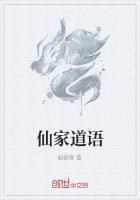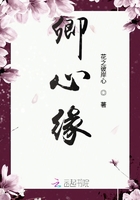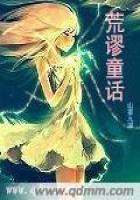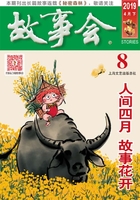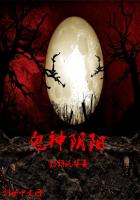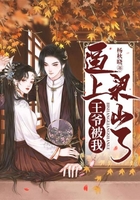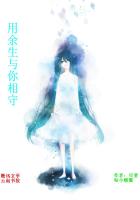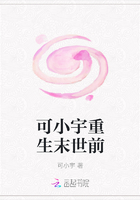The Spread of Printing in Other Countries
China was the home of printing. When this great invention emerged, it soon spread to neighboring countries and later to west Asia, North Africa and Europe. Printing technology in most countries came from China, directly or indirectly. Some was built on the inspiration of Chinese printing.
Printing spread in Asia first. It was first popular to print Buddhist sutras and Tripitaka in particular. Korea, Japan, Vietnam and some other countries with long friendships with China and influenced by Chinese culture, used Chinese characters widely and believed in Buddhism. As a result, the printed Tripitaka became the most precious gift to these countries. Later, what was printed in China was not enough to meet their needs, so they learnt to print themselves, which helped spread printing techniques. Still under Chinese influence, printed books in these countries bear distinctive Chinese style. This did not change until the rise of modern printing.
Korea
Korea was among the first recipients of Chinese printing. In the seventh century, Korea often sent students to China, who returned with many books. Books were also exported to Korea as gifts or commodities, mostly Buddhist sutras. Chinese printing was also introduced to the Korean Peninsula thanks to the spread of Buddhism. It is difficult to determine the actual year this happened due to an absence of historical records. A reliable guess is the eleventh century.
In 993, at the request of the Korean kingdom, the North Song Kingdom gave the Buddhist Canon of the Kaibao Era as a gift to this country. It was also probably during this time that Chinese type carving also went to the Korean Peninsula. Later, some people were sent by Korea to China to learn woodblock printing. They later became the first printers in Korea. Between 1011 and 1082, Korea reproduced Tripitaka for the first time. After Bi Sheng’s invention of the moveable type block printing, Koreans learnt this technique through the record of the Dream Pool Essays (Mengxi bitan). They built on this when they tried other innovative approaches such as using soil type, wood type, copper type, lead type and iron moveable type to print books. The most successful invention was copper type, which contributed to the spread and application of printing technology.
Japan
There is a very long history of exchanges between Japan and China. In 645, the Taika Reform in Japan started a wave of learning from China. Many envoys, monks and students were sent to China to learn Confucius culture and advanced technology. They returned with many articles, including copies of printed editions.
Woodblock printing was introduced to Japan during this process. It is said that around 770 copies, some 1 million volumes of the Mantras of the Dharani Sutra were printed and preserved in ten temples, where they are still kept today. Since these books do not have the date of printing, some Japanese scholars believe the printing was possible because of Chinese printing technology. The earliest block printed book with a recorded date in Japan was the Doctrine of Mere Consciousness in 1088, which was based on books from the Song Dynasty. Wooden and copper types were also used in Japan. Of the books printed in Japan, a large proportion were of Chinese origin and their content was similar to the Chinese originals.
Vietnam and Southeast Asia
As early as the Song dynasty, Chinese books were introduced to Vietnam in the form of gifts, such as printed Tripitaka and Daozang. Early printed books in Vietnam often dealt with Buddhism. The earliest recorded printed articles were household residency records printed between 1251 and 1268. In 1295, Vietnam received a Chinese-printed Tripitaka and later reproduced this book.
In the 1430’s, the Vietnamese government started to print Confucian classics. In the seventeenth century, Chinese color registration was introduced. Print shops specialized in New Year painting also emerged in Hanoi and other places of Vietnam, both the theme, content and techniques employed in these prints all came from China. In the early eighteenth century, wooden moveable blocks were used to print books in Vietnam.
In the 14th century, many Chinese in the southeast coastal areas went to do business or settle down in the south pacific region. They brought with them paper, ink and books. Some Chinese craftsmen started printing businesses in Southeast Asia, which roused local interest in printing technology and promoted the development of printing.
Chongning Wanshou Tripitaka, printed between 1080 and 1103, the first private printing of Tripitaka in China and the world.
Iran
Paper money, paper cards and religious printed articles were introduced to west Asia during the Song and Yuan periods. They had the greatest impact on Iran. In China, Iran was called Anxi. Along with Persia, it had economic and cultural exchanges with China via the Silk Road. Persians were familiar with Chinese printing. They printed and issued paper money, modeled on the Chinese practice, in 1294. The money had Chinese and Arabian characters on it. In his 1310 Great Universal History, Persian historian Rashideddin gave a detailed description of Chinese woodblock printing, proving that Persians learned about printing from China. As a meeting place between east and west, Persia had many European merchants who also came to appreciate the significance, function and craft of printing.
Europe






